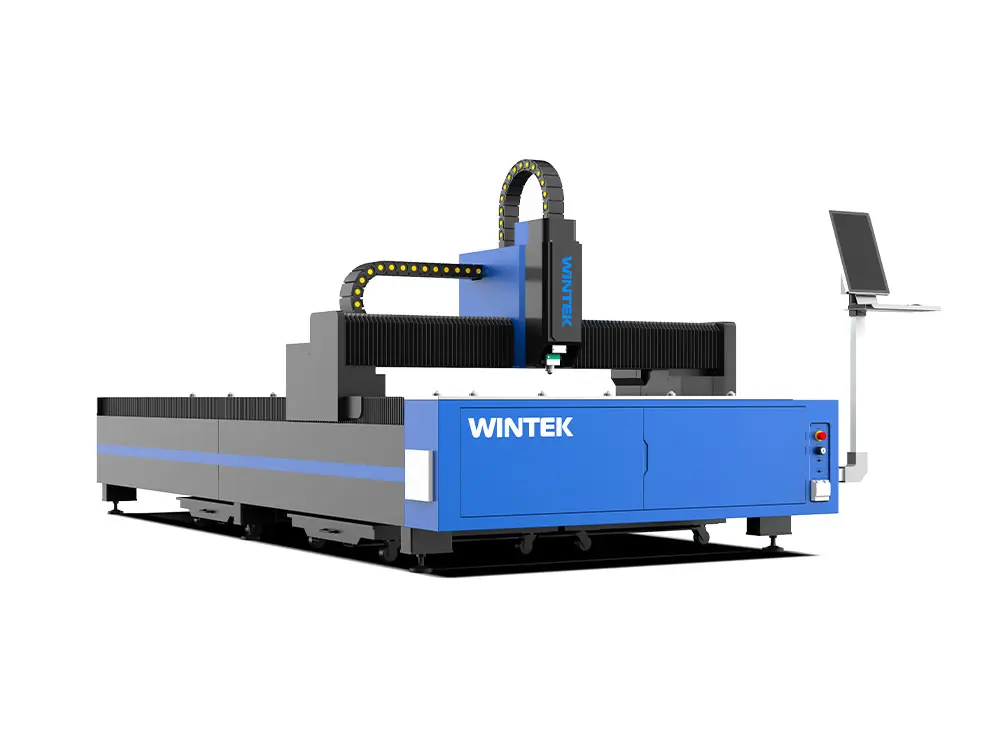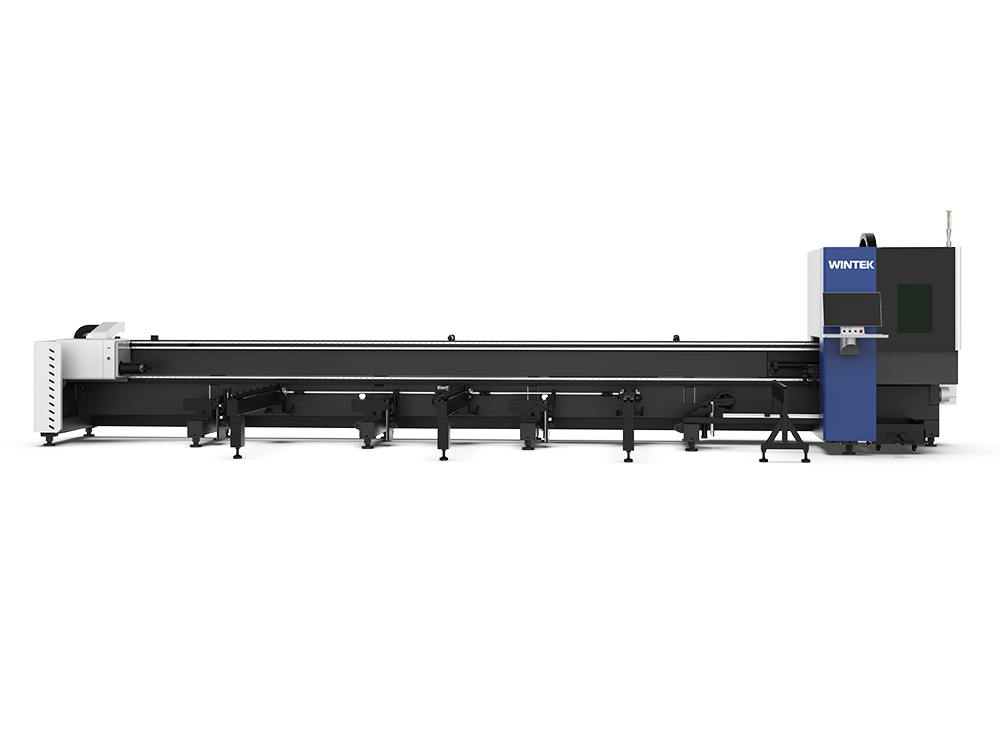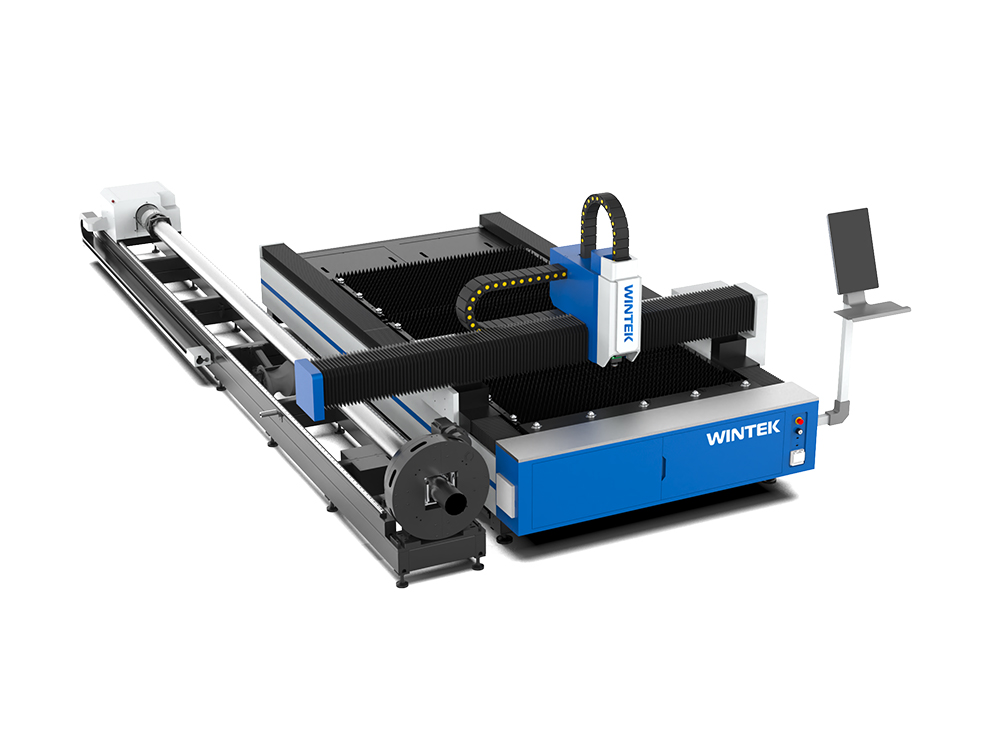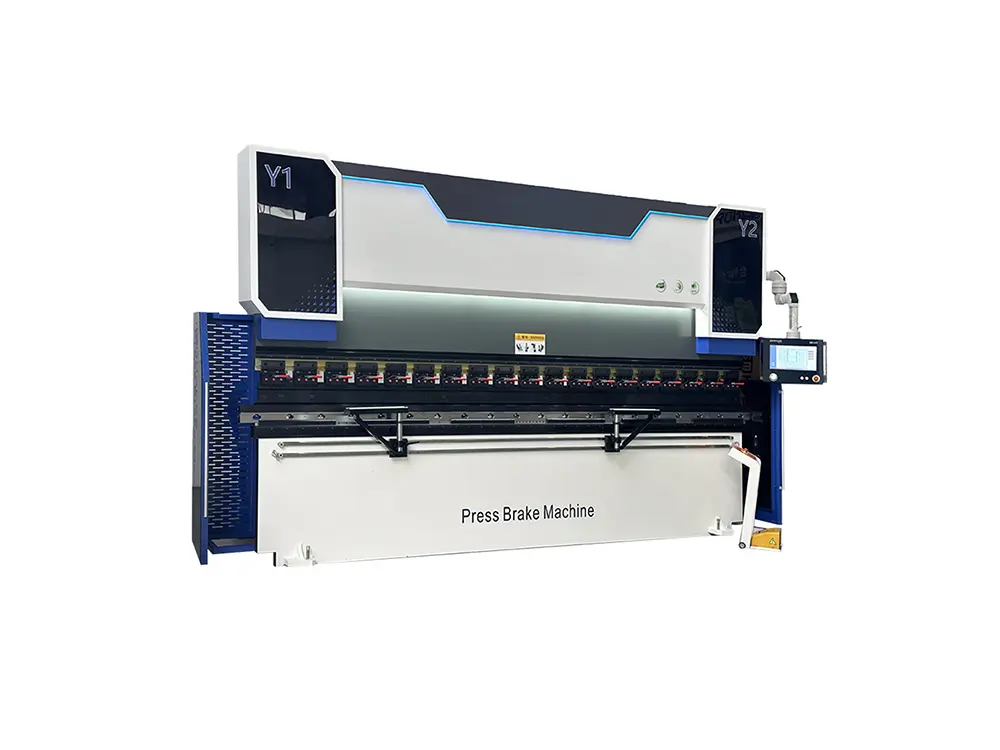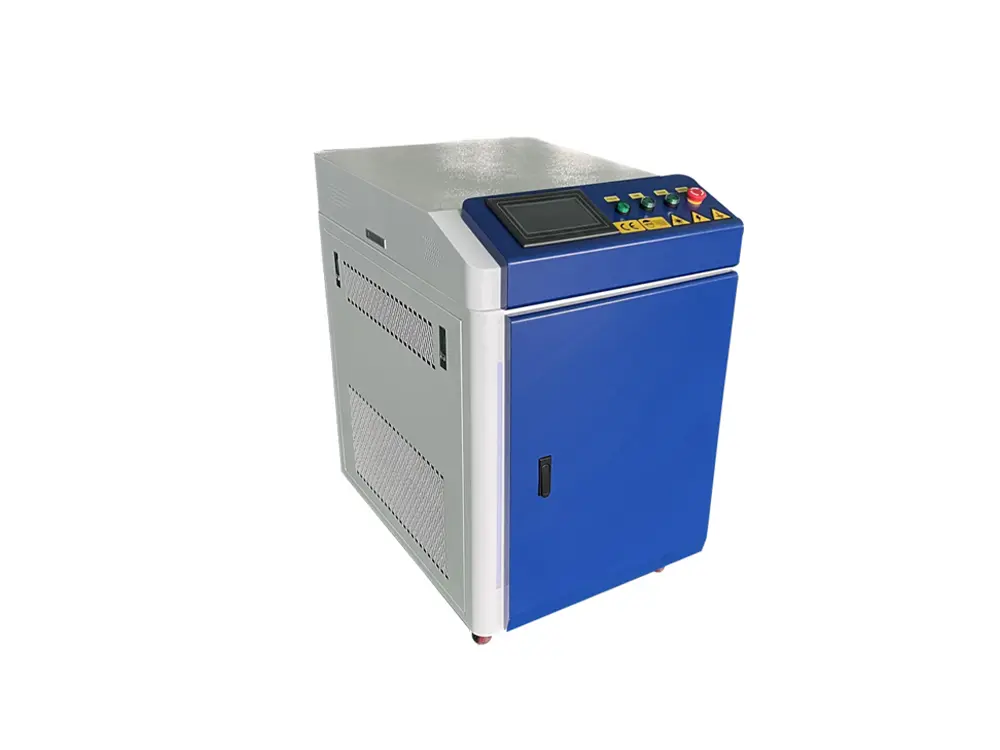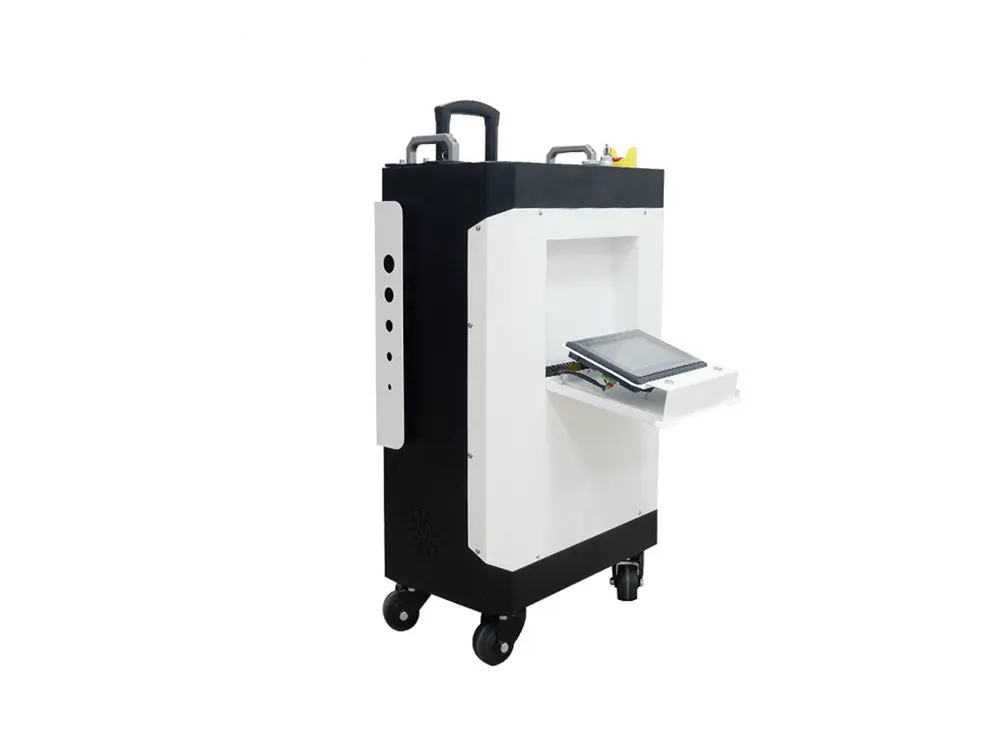Laser paint removal has emerged as a cutting-edge technology for cleaning and restoring surfaces, providing a safer, more precise, and environmentally friendly alternative to traditional methods like chemical stripping and sandblasting. However, safety concerns and questions about its application remain common. This article explores whether laser paint removal is safe, how it works, and what you need to know before choosing this method for your project.
How Does Laser Paint Removal Work?
Laser paint removal uses high-energy laser pulses to remove paint, rust, or other surface contaminants from a substrate. The process involves the following steps:
Laser Beam Emission: A laser device emits focused, high-intensity pulses of light.
Energy Absorption: The paint or surface layer absorbs the energy, which heats the material.
Material Vaporization: The heat causes the paint or contaminant to vaporize or disintegrate, leaving the base material intact.
This method is highly controlled and can be precisely adjusted for different materials and thicknesses, making it versatile and efficient.
What Materials Can Be Removed by Laser Paint Removal?
Laser paint removal is a highly efficient, precise, and eco-friendly method for stripping coatings and contaminants from various surfaces. This technique can be applied to different materials while preserving the integrity of the substrate. Here’s an overview of how laser paint removal works for various materials:
1. Metal Materials
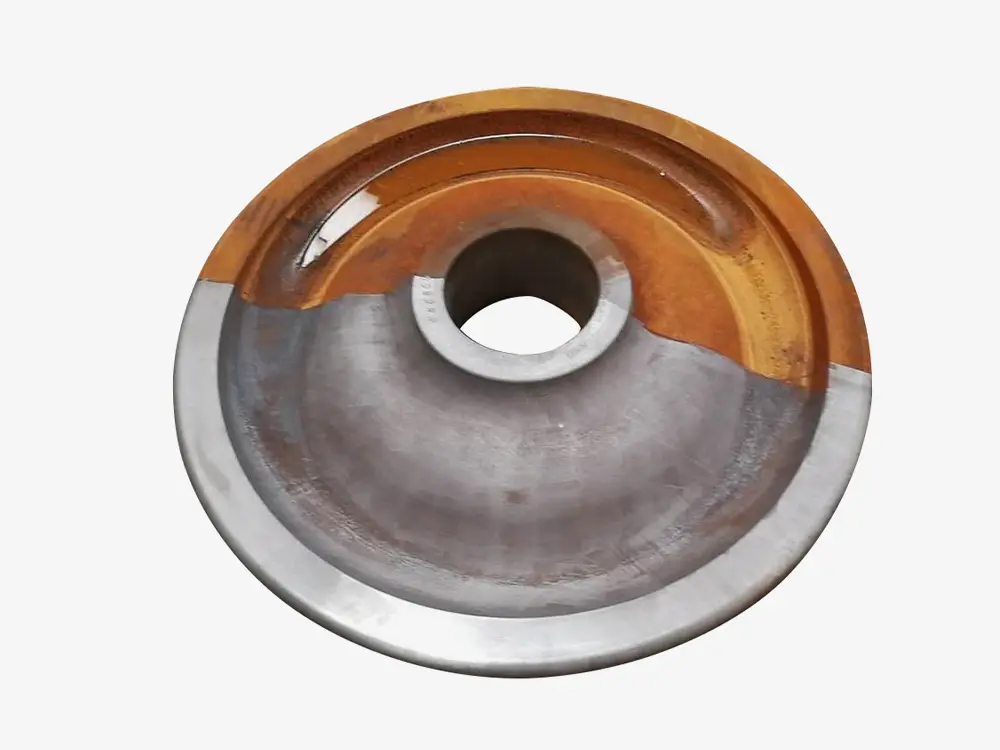
Common Applications: Industrial equipment, pipelines, and automotive components often require paint removal for refinishing or maintenance.
Method: High-energy laser pulses vaporize the coating without damaging the substrate.
Laser Paint Removal Advantages:
Non-contact removal: The laser targets only the coating, preserving the metal substrate’s integrity.
Versatility: Suitable for a variety of metals, including carbon steel, stainless steel, aluminum, copper, and their alloys.
High precision: Ideal for removing coatings from complex shapes and intricate structures.
2. Wood
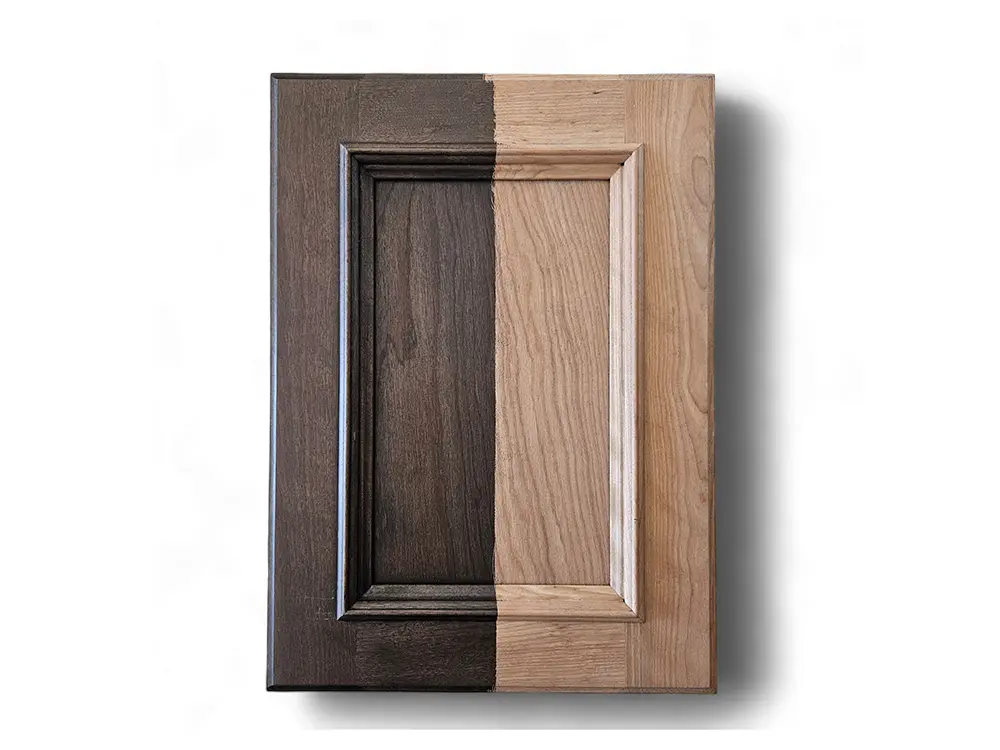
Common Applications: Furniture restoration, wooden artifact repair, and historic building preservation.
Method: Laser cleaning is particularly effective for intricately carved wooden items, preserving the wood’s natural texture.
Laser Paint Removal Advantages:
Preserves substrate texture: The laser removes only the paint layer, leaving the wood surface undamaged.
Eco-friendly: Eliminates the need for chemical strippers, avoiding corrosion or pollution to the wood.
Ideal for intricate carvings: Lasers provide precise control, making them perfect for detailed wooden structures.
3. Concrete and Stone
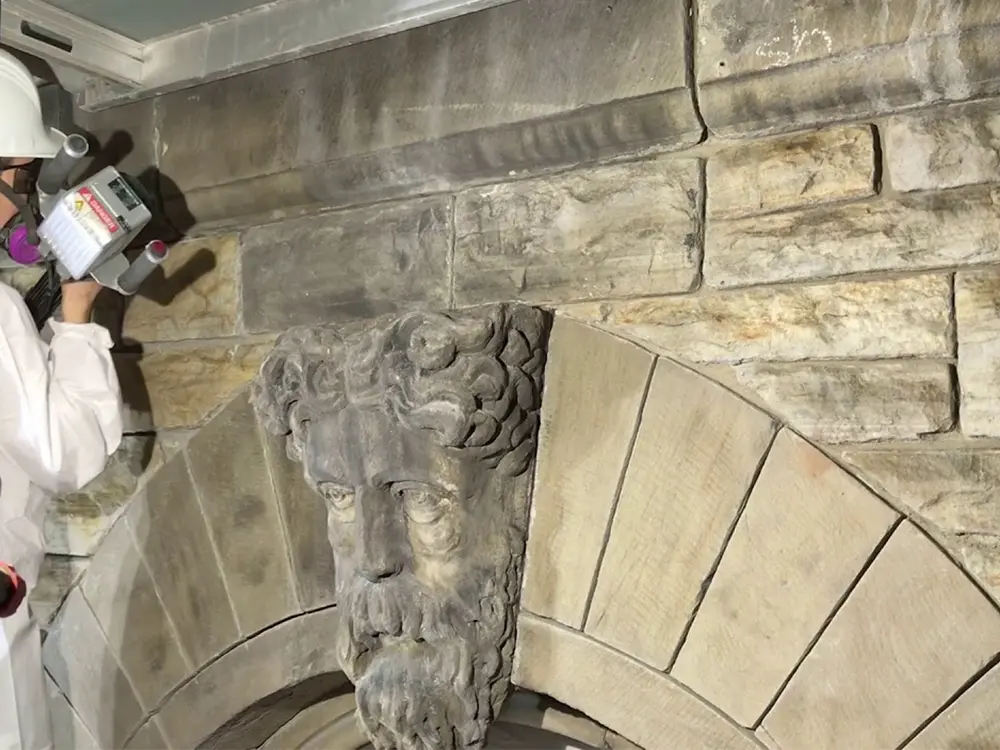
Common Applications: Removing coatings from building walls, floors, or industrial equipment bases.
Method: Laser cleaning effectively removes coatings and is particularly suitable for restoring historical buildings.
Laser Paint Removal Advantages:
Minimized substrate damage: Lasers remove coatings without causing mechanical harm to concrete or stone.
Large-area suitability: Ideal for clearing extensive coatings on walls or floors.
Precision and eco-friendliness: In heritage restoration, lasers can precisely clean surfaces without damaging artifacts.
4. Ceramics and Porcelain
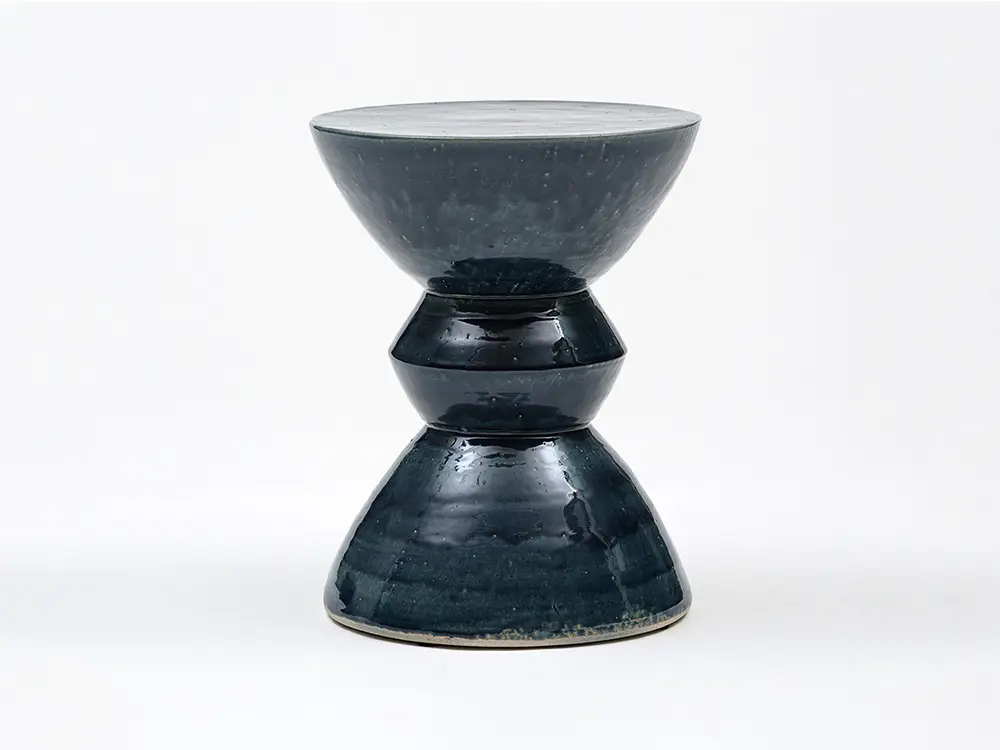
Common Applications: Removing coatings or decorative paints, often used for tile refurbishment or ceramic art restoration.
Method: High-precision laser cleaning removes surface coatings without damaging the original glaze.
Laser Paint Removal Advantages:
Preserves the glaze: Lasers effectively strip coatings while protecting the original glaze and decorative patterns.
Efficient and fast: Suitable for large-scale coating removal on ceramic items.
High precision: Enables selective cleaning of specific areas without affecting adjacent regions.
Why is Laser Paint Removal Safe?
Laser paint removal is considered one of the safest methods for stripping coatings from various surfaces. Its safety stems from its precision, eco-friendly nature, and non-contact operation. Below are the key reasons why laser paint removal is a safe and reliable choice:
1. Non-Contact Process
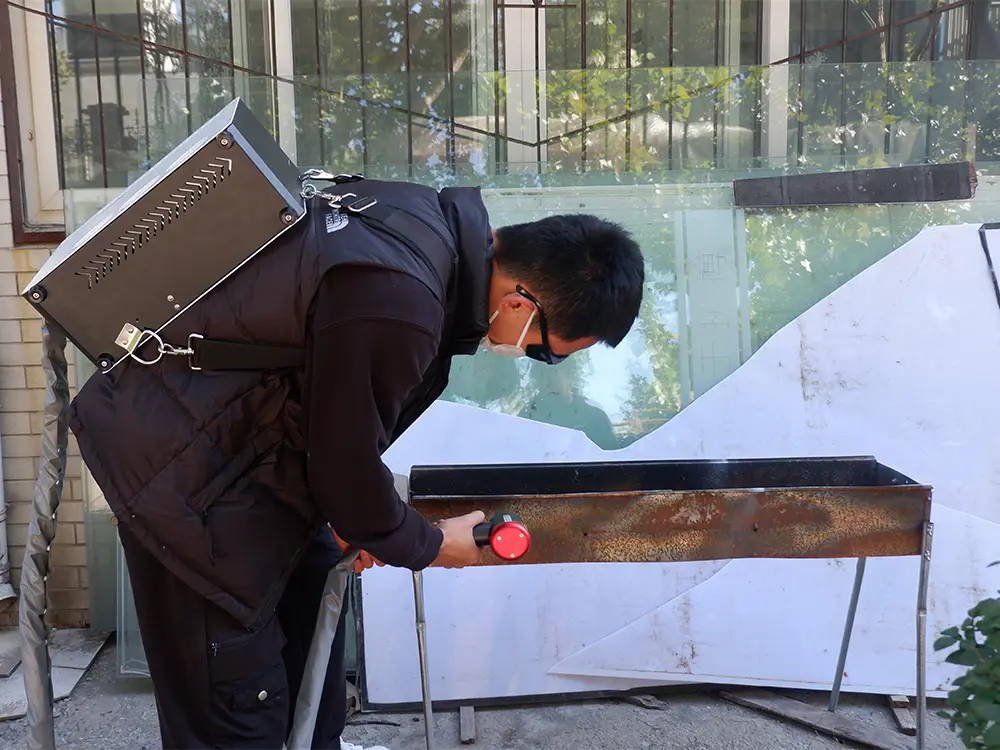
- Laser cleaning does not physically touch the surface being treated. Instead, it uses a high-energy laser beam to vaporize the paint layer.
- No abrasion: Unlike sanding or scraping, lasers do not scratch or damage the base material.
- Preservation of delicate surfaces: This is ideal for sensitive materials like wood, thin metals, or historical artifacts.
2. High Precision
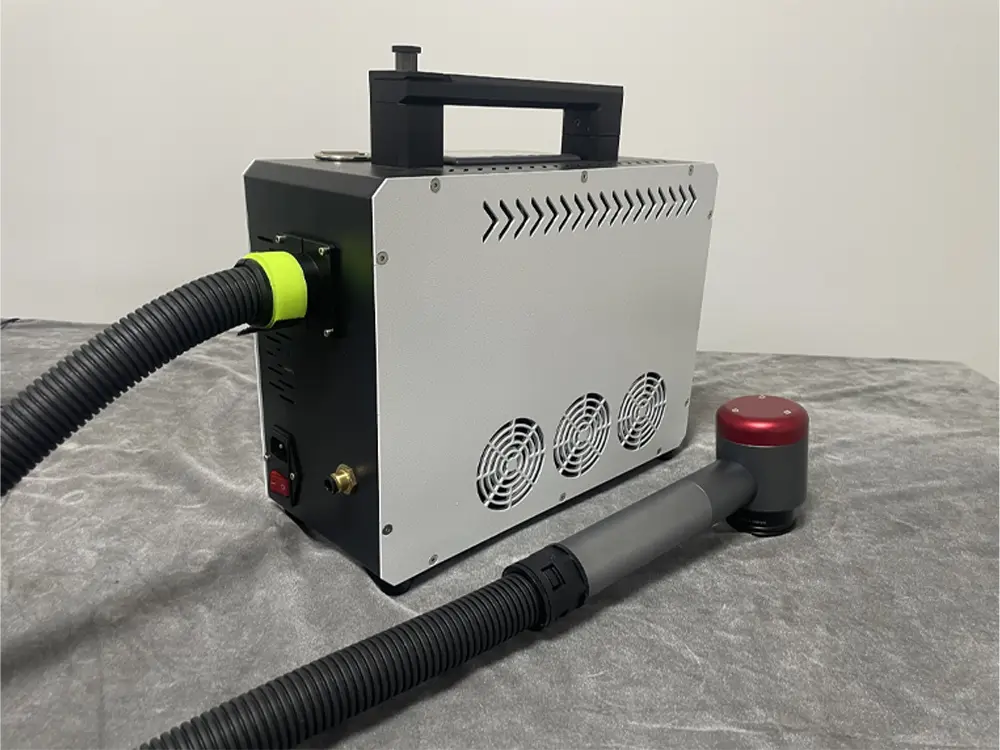
100W 200W Backpack Laser Cleaning Machine | Laser Paint Remover
- Lasers can be precisely calibrated to target specific layers of paint without affecting the underlying substrate.
- Selective removal: Only the paint layer is vaporized, leaving the substrate intact.
- Customizable settings: The laser’s intensity, wavelength, and pulse duration can be adjusted based on the material and coating.
3. Eco-Friendly and Clean
- Laser paint removal eliminates the need for harmful chemicals or abrasive media.
- No toxic chemicals: It avoids the health risks and environmental pollution associated with chemical strippers.
- Minimal waste: The removed paint is turned into a fine, non-toxic dust, making cleanup simple and safe.
4. Reduced Heat Impact
- Lasers concentrate energy on the paint layer with minimal heat transfer to the underlying material.
- Prevention of warping: This ensures materials like thin metal sheets or plastics retain their structural integrity.
- Controlled thermal effect: Reduces the risk of surface overheating or damage.
5. Enhanced Operator Safety
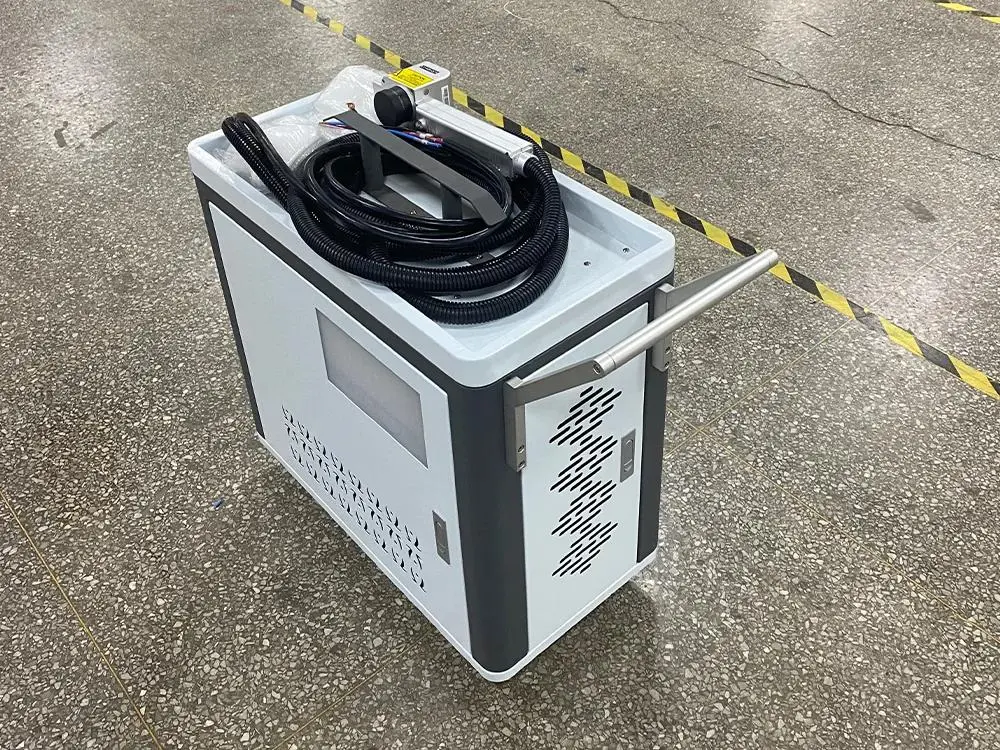
200W 300W Pulsed Laser Cleaning Machine | Laser Paint Remover
- Laser cleaning systems are designed with advanced safety features.
- Enclosed systems: Many laser units are equipped with enclosed workspaces to contain debris and protect operators.
- Protective measures: Operators can use laser safety goggles and other protective gear to minimize exposure risks.
- Automation options: Robotic or automated laser systems further enhance safety by reducing manual intervention.
6. Versatile and Reliable
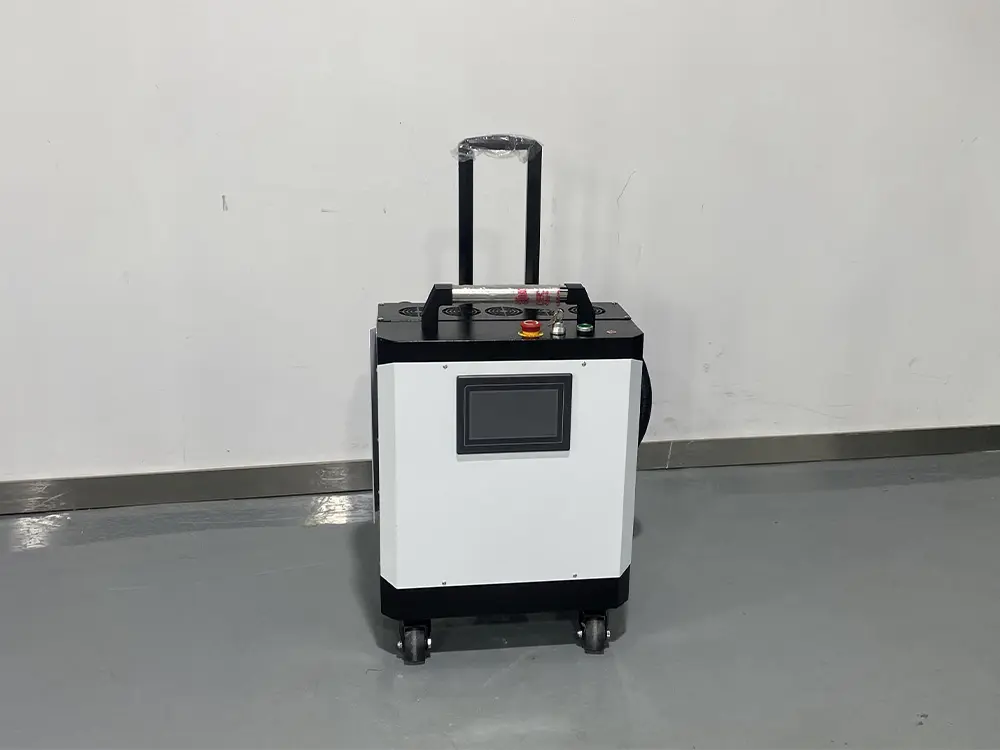
200W 300W Suitcase Laser Cleaning Machine | Laser Paint Remover
- Laser paint removal works effectively on a variety of materials, including metal, wood, plastic, and stone, without compromising safety.
- Suitable for fragile items: Lasers are safe for delicate objects like antique artifacts or intricate machinery.
- No secondary damage: There is no risk of residual chemicals or abrasive particles damaging the work environment or adjacent components.
How to Choose the Right Laser Paint Removal System
When selecting a laser paint removal machine, consider the following factors:
Power Level: Choose a power level suitable for the materials and thicknesses you need to clean.
Portability: Handheld systems are ideal for on-site applications, while stationary systems suit high-volume tasks.
Safety Features: Ensure the system includes safety interlocks, emergency stop buttons, and adequate shielding.
Ease of Use: Opt for a user-friendly interface with adjustable settings for different applications.
Support and Maintenance: Choose a reputable supplier that offers training, technical support, and maintenance services.
Conclusion
Laser paint removal is a safe and effective technology when used correctly. Its precision, eco-friendliness, and versatility make it a superior choice for many industries. By following proper safety guidelines, investing in the right equipment, and providing adequate training, you can maximize the benefits of laser cleaning while minimizing risks.
If you’re considering laser paint removal for your project, consult with Wintek to determine the best solution for your needs. With its advantages and safety features, laser cleaning is undoubtedly a valuable tool for modern industries.

